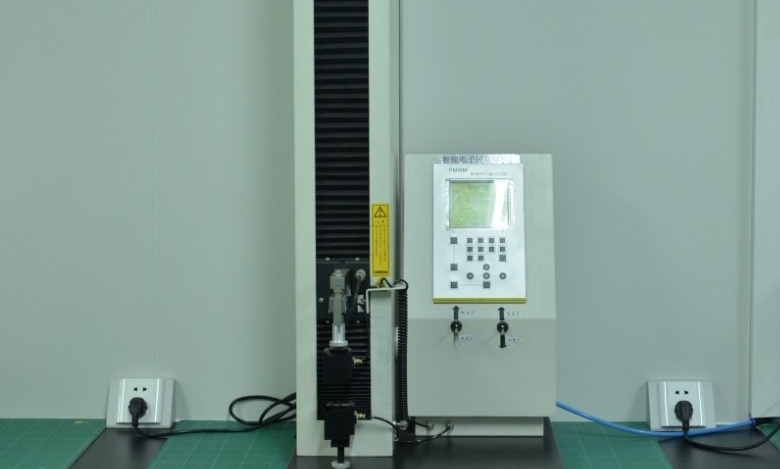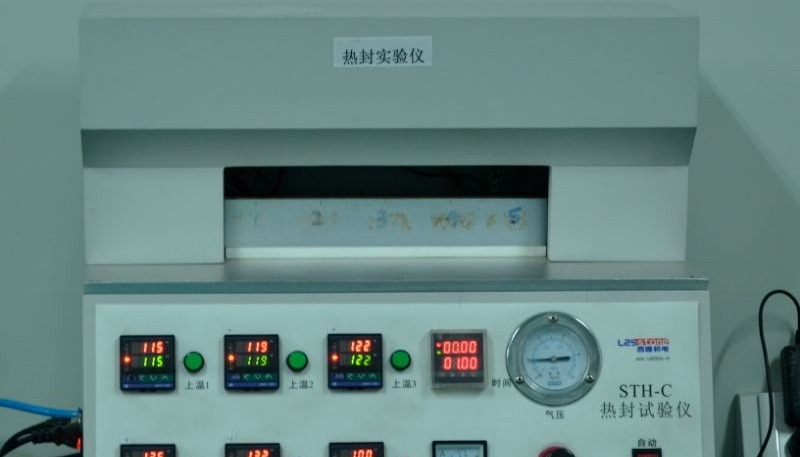Does the biohazard specimen bag meet other standards?
In addition to IATA requirements, AI650 biohazard specimen bags also hold ISO, SGS, and FDA certifications. They are hydrostatically tested by ISTA procedure 1A and are suitable for the air transportation of both glass and plastic bottles.
Ensuring the reliability and safety of biohazard specimen bags is paramount. A rigorous testing regimen covers various critical aspects, from physical performance to chemical and biological compatibility.
Performance Testing Scope
The testing scope for biohazard specimen bags encompasses a wide array of evaluations designed to guarantee their integrity and suitability for containing hazardous biological materials.
Physical Durability & Integrity:
- Thickness Assessment: Measurement of bag material thickness for consistent quality.
- Tensile Strength Testing: Evaluation of the bag's resistance to breaking under tension.
- Tear Strength Testing: Determination of the force required to propagate a tear in the bag material.
- Puncture Resistance Testing: Assessment of the bag's ability to withstand penetration.
- Abrasion Resistance Testing: Evaluation of the bag's durability against wear and friction during handling and transport.
- Pressure Resistance Testing: Verification of the bag's stability and integrity under internal and external pressure conditions.
- Sealing Integrity Test: Critical assessment of seam and closure reliability to prevent leakage.
- Cold Resistance Test: Performance evaluation of the bag at low temperatures, crucial for refrigerated or frozen samples.
- Thermal Stability Testing: Assessment of the bag's heat resistance to ensure stability during high-temperature processes or sterilization.
- UV Tolerance Testing: Evaluation of the bag's resistance to ultraviolet radiation, protecting contents from degradation.

Chemical & Biological Compatibility:
- Chemical Compatibility Testing: Confirmation of the bag material's compatibility with various biological agents, disinfectants, and chemical reagents to prevent degradation or reaction.
- Chemical Corrosion Resistance Testing: Evaluation of the bag's ability to resist deterioration when exposed to corrosive chemical environments.
- Material Composition Analysis: Detailed chemical analysis to identify and verify the constituents of the bag material.
- Biocompatibility Testing: Determination of the material's non-toxicity and harmlessness to cells and organisms, essential for maintaining sample viability and integrity.
- Microbial Contamination Testing (Sterility Testing): Verification that the bag is sterile and free from microbial contamination to ensure the purity of biological specimens.
- Endotoxin Detection: Confirmation that the bag is free of endotoxin contamination, meeting stringent biopharmaceutical and medical device standards.
- Odor Detection: Assessment to ensure the bag is odorless, preventing potential contamination or interference with sensitive samples.
Environmental & Barrier Properties:
- Gas Permeability Testing: Measurement of the bag's permeability to gases such as oxygen and carbon dioxide, ensuring the stability of the internal environment for sensitive samples.
- Water Vapor Transmission Rate (WVTR) Test: Evaluation of the material's moisture barrier properties, critical for preventing sample desiccation or rehydration.
- Antistatic Property Test: Assessment of the bag's ability to dissipate static electricity, preventing potential damage to sensitive electronic components or samples.
Optical Properties:
- Optical Transparency Testing: Evaluation of the bag's clarity to facilitate visual observation of contents without distortion.
- Light Transmittance Measurement: Quantitative assessment of the percentage of light passing through the bag material.
- Color Stability Test: Verification of the bag's color integrity and resistance to fading or discoloration over time.
Key Testing Methodologies
The comprehensive evaluation of biohazard specimen bags relies on a suite of advanced analytical and experimental techniques.
- Spectroscopic Analysis: Utilized for detailed qualitative and quantitative analysis of material composition (e.g., FTIR, UV-Vis Spectroscopy).
- Microscopy: Employed for observing the microstructure, surface characteristics, and potential defects of the bag material (e.g., Optical Microscopy, SEM).
- Chromatography: Used to evaluate gas permeability and material stability (e.g., Gas Chromatography).
- Thermal Analysis: Techniques such as Differential Scanning Calorimetry (DSC) and Thermogravimetric Analysis (TGA) are used to test thermal stability and heat resistance.
- Biological Assays: Includes cell culture tests, cytotoxicity assays, and microbial challenge tests for biocompatibility and sterility evaluation.
- Mechanical Testing: Utilizes specialized equipment to quantify physical properties such as tensile strength, tear strength, and puncture resistance.
- Chemical Immersion & Exposure Tests: Involves exposing bag samples to various chemical reagents and environments to assess compatibility and corrosion resistance.
- Environmental Simulation Testing: Chambers and systems that simulate extreme temperatures, humidity, and UV exposure to assess bag performance under various environmental conditions.
- Electrical Testing: Specific methods for measuring surface resistivity and static decay to assess antistatic properties.
- Light Transmittance Measurement: Using spectrophotometers or dedicated transmittance meters to quantify optical clarity.

Essential Testing Instruments & Equipment
Accurate and reliable testing of biohazard specimen bags mandates the use of specialized instruments and equipment.
- Universal Testing Machine (Tensile Tester): For precise measurement of physical strength properties like tensile strength, tear strength, and puncture resistance.
- Gas Chromatograph: For analyzing gas permeability and off-gassing from bag materials.
- Spectrometer (e.g., FTIR Spectrometer, UV-Vis Spectrophotometer): For detailed analysis and identification of material composition.
- Microscope (e.g., Stereomicroscope, Compound Microscope, Electron Microscope): For observing microstructure, surface integrity, and potential defects.
- Thermal Analyzer (e.g., DSC, TGA): For evaluating the heat resistance, melting points, and degradation temperatures of the bag material.
- Biological Safety Cabinet (BSC): Provides a sterile environment for conducting microbial contamination detection and biocompatibility assays.
- Chemical Analyzer / pH Meter: For material compatibility and corrosion testing, including pH stability and chemical degradation.
- Environmental Simulator / Environmental Chamber: To simulate and control specific environmental conditions (temperature, humidity, UV exposure) for performance testing.
- Electrical Tester (e.g., Surface Resistivity Meter, Static Decay Meter): For detecting and quantifying antistatic properties.
- Transmittance Meter / Spectrophotometer: Specifically for evaluating the optical transparency and light transmission properties of the bags.